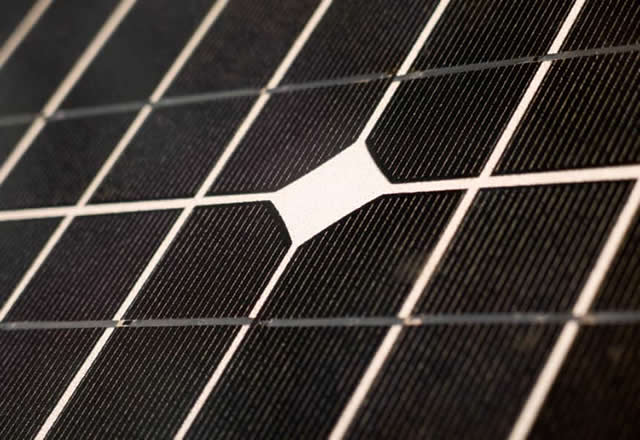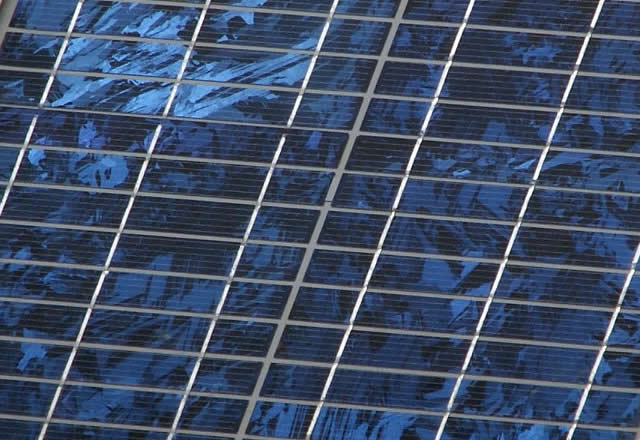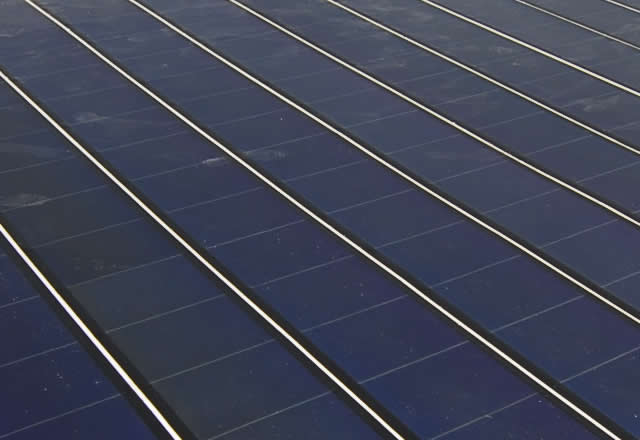Types of Solar Panels
When you think about installing solar panels, you usually consider factors like cost, aesthetic, and energy efficiency. While these are important factors, there is a factor in solar panels that will affect all three of these: the types of solar panels you choose. The types of solar panels on the market today will affect how much installation and manufacturing cost as well as how the panels will look on your roof. It’s one of the most important considerations for a solar panel installation.
- Monocrystalline
- Polycrystalline
- Thin-Film



